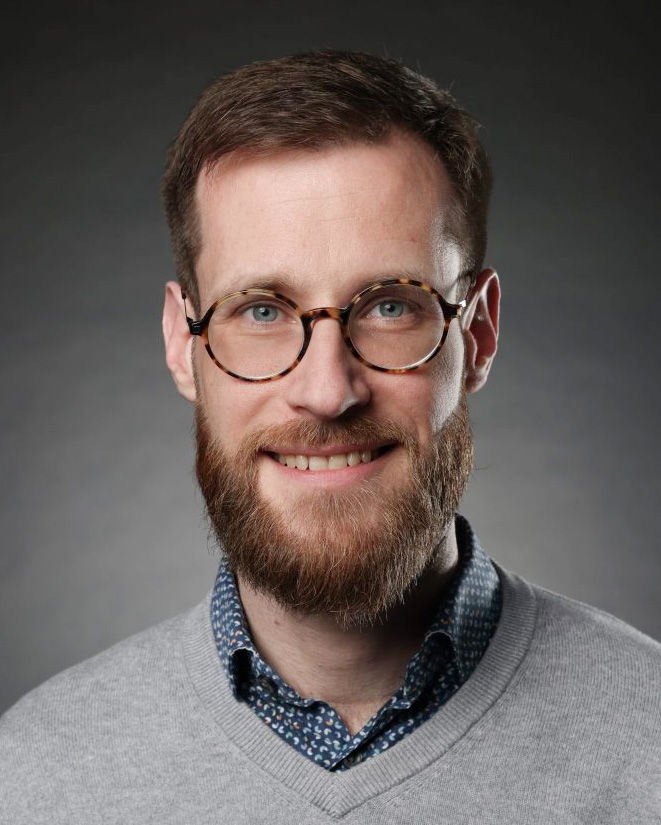
SPEAKER PROFILE |
 Dr. Ulrich Lorenz Laboratory of Molecular Nanodynamics , Ecole Polytechnique Fédérale de Lausanne (EPFL) Switzerland |
Microsecond Time-Resolved Cryo-EM
Abstract
Protein structure determination and prediction have made stunning progress. In contrast, it is generally not possible to observe proteins as they perform their tasks, which leaves our understanding of these nanoscale machines fundamentally incomplete. My group has recently introduced a novel approach to time-resolved cryo-EM that improves its time resolution by about 3 orders of magnitude and makes it fast enough to observe many of the protein dynamics associated with function. Our method involves melting a cryo sample with a laser beam, which allows dynamics of the embedded particles to occur in liquid once a suitable stimulus is provided. While the dynamics occur, the heating laser is switched off at a well-defined point in time, causing the sample to rapidly recool, so that it vitrifies. The particles are thus trapped in their transient configurations, in which they can subsequently be imaged. We demonstrate that our approach affords a time resolution of 5 µs or better. Moreover, near-atomic resolution reconstructions can be obtained from revitrified samples, showing that the revitrification process leaves the protein structure intact. Finally, I will present a microsecond time-resolved pH jump experiment, in which we observe the dynamics of the capsid of CCMV, an icosahedral plant virus. These results highlight the potential of our method to fundamentally advance our understanding of protein function through direct observation of the dynamics involved.
Bio
After a Ph.D. in molecular physics, Ulrich Lorenz did a postdoc with Ahmed Zewail at Caltech, where he became interested in time-resolved and ultrafast electron microscopy. Since 2016, he has been a group leader at EPFL in Lausanne, Switzerland, where his research has been supported by an ERC Starting Grant, and most recently by a Consolidator Grant of the Swiss National Science Foundation. His interests revolve around the development of new methods to image the dynamics of nanoscale systems at high spatial and temporal resolution. Recently, his group has introduced a new approach to time-resolved cryo-electron microscopy that enables the observation of protein dynamics with microsecond time resolution.